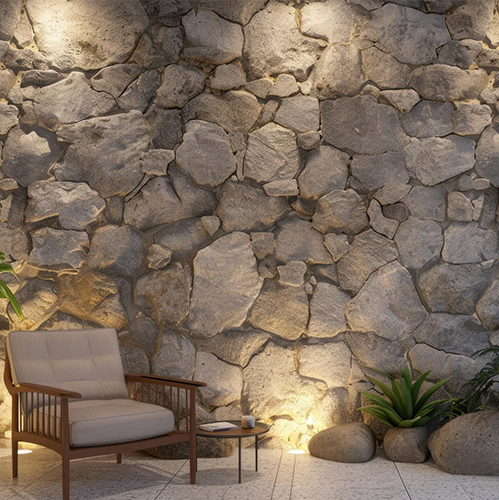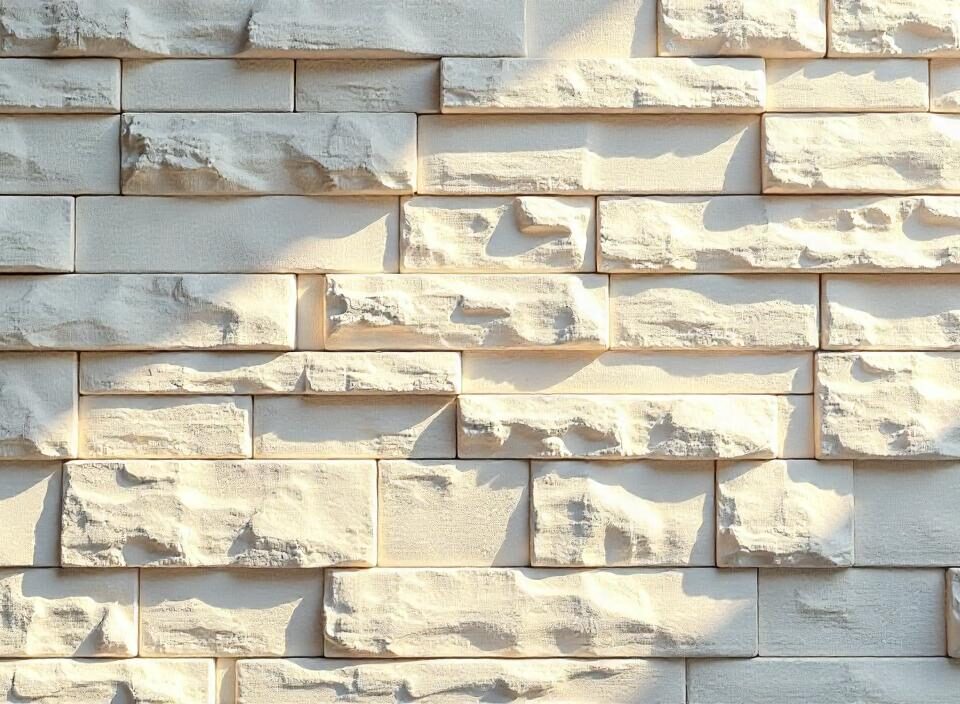Economic Stones for Innovative Wall Cladding Solutions
External cladding of walls is a common method in construction that incorporates personality and style into structures, interior and exterior. When it comes to choosing the material for wall cladding, a major influence usually comes in the form of cost. While there are multiple opportunities, it can be stated that the decision to use natural stone is still relevant due to its high wear resistance and beautiful appearance. However, not all stones have the same price level as seen on social media platforms. In this article, I am going to outline the general idea of several of the most inexpensive stones utilized in Natural Stone Wall Cladding , talking about their peculiarities and advantages, main use, and application.
1. Slate
Slate is a metamorphic rock that has turned into the most popular option for material used in interiors for wall cladding. Grown for its ornamental value, it is available in colors of gray, green, black, and purple. Slate is cheaper than marble; and better still, it can easily be sourced locally. It is easy to install and, as such, it’s used mostly in residential and commercial buildings. In addition, slate is one of the most durable materials and is not sensitive to moisture, which makes every structure of the building with this material suitable for outdoor use.
Nonetheless, despite its relatively affordable price, slate comes with its cons in terms of cost since the price will depend on which particular region the slate was mined, and the quality of the slate obtained. Although the inferior quality slate is less expensive, the slates may not give the same appearances or durability as the superior grade slate is capable of providing.
2. Limestone
Limestone is also an economic type of wall cladding material. Conventional in its usage, it is available in a number of shades of color and grain, from light creams to dark gray. Limestone is relatively soft and can be shaped into a form-and-size of one's desire through carving work.
Another benefit of limestone is its insulation talents, hence appropriate for energy-saving buildings. Therefore, if not sealed, limestone, for instance, is more permeable to water than other kinds of stones and may thus be stained. One such aspect ought to be considered whenever one is in a position of deciding whether limestone is an asset as far as cladding tasks are concerned.
3. Sandstone
Sandstone is one type of sedimentary rock that is frequently more affordable than other types of stone. Mortar comes in warm earthy shades and therefore people may prefer using it in order to achieve the earthen look. Sandstone is quite a soft stone that can be carved and shaped in a very special way, thus making the design special.
Due to its wide availability and cheapness, this stone is well suited for cladding in gardens or even business entities. Nonetheless, similar to limestone, sandstone may contain some porous and for this reason, a sealant is advised for its protection from moisture and staining.
4. Fieldstone
Fieldstone is thus a naturally occurring form of stone, which can be available in several sizes and shapes. The material is mainly obtained from quarries in the region, and this makes costs relatively low. This kind of stone can be used in any structure and gives a natural feeling in the structural design.
Although compared to polished stones, Fieldstone is relatively cheaper, it provides an exquisite look that people who want a stylish building at a relatively low cost can consider. However, fieldstone may have an irregular shape that may complicate the installation process and thereby raise the cost of labor.
5. Reconstituted Stone
Reconstituted stone, otherwise referred to as man-made stone, is made from crushed natural stone bonded with resin and other adjuvants. This one is cheaper compared to the natural stone look but will try to imitate the appearance of one. It is very popular in various colors and finishes and hence it can suit any style of décor.
The major benefit can be made of the higher homogeneity of reconstituted stone and of the lower wear-out compared to the natural stone products. It is also very small, which may bring the advantage of cheaper transportation and mounting. However, some clients may be eager to have a traditional and natural look and therefore will be willing to pay more money to have the best natural type of material.
Conclusion
When selecting a stone for the purpose of wall cladding to minimize costs, one has to remember not only the actual cost of the stone but also the price of installation, later maintenance, as well as the durability of the used stone. Bare concrete, slate, limestone, sandstone, fieldstone, and reconstituted stone are all both affordable and special.
In the end, the choice depends only on you - your requirements, your choice, and your pocket. If you need cheap stones for wall cladding but still want quality materials, The Stone Evolution is where you should get all your stock. With a substantial product portfolio and our specialists’ help, you are guaranteed to get the right stone for your project at the best price.


